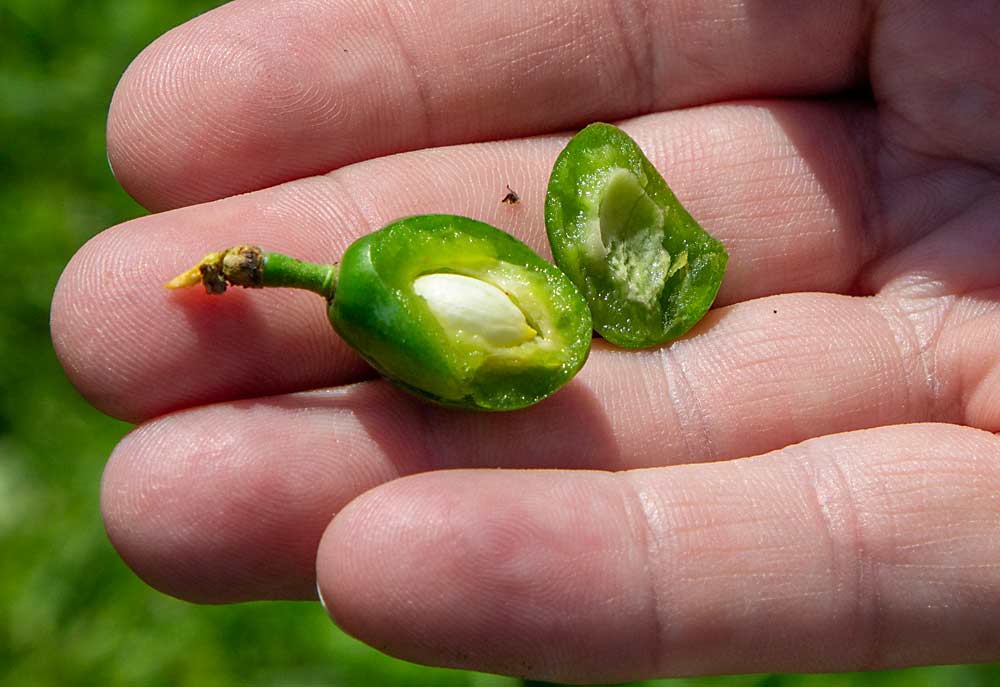
The Improving Fruit Crop Traits Through Advanced Genomic, Breeding, and Management Technologies project at the U.S. Department of Agriculture Agricultural Research Service Appalachian Fruit Research Station in Kearneysville, West Virginia, is comprised of five scientists and seven permanent support staff engaged in four interrelated projects with Prunus, Pyrus and Malus fruit trees. What makes the unit unique is the combination of traditional breeding programs coupled with a world-class biotechnology group that can genetically alter fruit trees for research purposes and then field-trial them to assess how they perform in “real-world” conditions.
The first project, led by Chris Dardick, focuses on tree architecture. Tree fruit production systems currently use costly horticultural manipulations, including training, trellising, grafting onto dwarfing rootstocks (if available) and pruning to achieve optimum branch spacing and orientation. Such efforts are labor-intensive. As most stone fruit growers know, pruning alone accounts for up to 40 percent of production costs. Fruit trees suitable for high-density production and/or mechanization could dramatically increase production efficiency and profitability. Specific architectural features, including the number, size, position and orientation of shoots, leaves and roots, are critical for optimized plant shapes.
Our discovery of the IGT genefamily has provided inroads to understanding the mechanisms controlling the orientation of these organs. We created Prunus domestica (European plum) lines with two members of the IGT gene family altered. The resulting trees displayed clear changes in lateral branch orientation, which persists in the field. Typically, Prunus species have too much vigor for effective training/trellising, but we constructed a three-wire trellis over a row of altered trees, resulting in horizontally trained trees along the wires.
In addition, we altered another IGT gene, and the resulting trees show an extreme upright growth habit and show promise for two-dimensional fruiting wall design. We plan to assess flowering time, fruit set, fruit size, fruit quality, yield data and branch angle phenotypes over three to four growing seasons. We and our colleagues at Michigan State University think that grower-friendly Prunus trees are on the horizon.
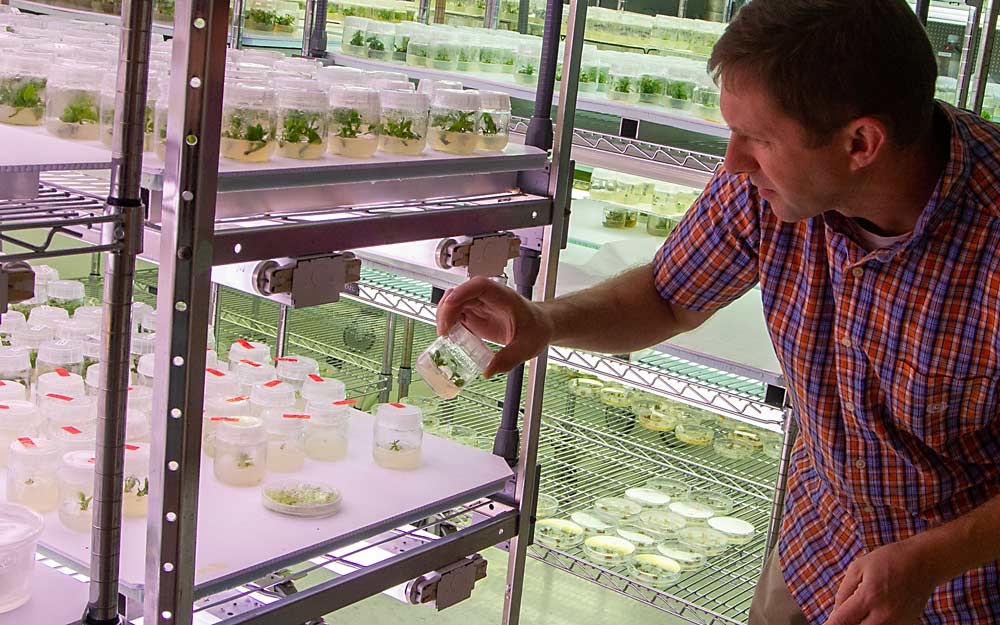
The second project area, led by Ann Callahan, introduces novel genetic changes in temperate fruit crops that haven’t been done through traditional breeding. This includes a transgenic prune plum that is resistant to the devastating plum pox virus, now found worldwide. It also includes developing a system that allows plum trees to bloom and fruit as 1-year-old trees, rather than the three to nine years it normally takes to become mature. These “early flowering” lines can be used to accelerate breeding.
Currently, we are looking at early fruit development to understand and control the process that regulates which fruit tissue will make the edible part of the fruit. For stone fruit, such as plums, peaches, apricots, etc., we are investigating ways to either have the stone tissue become fleshy or to eliminate the stone tissue. This project grew out of a breeding effort to make stoneless plums that originated with the famous breeder Luther Burbank in the late 1890s. He released two varieties of plum, Miracle and Contender, that had only a tiny crescent or a speck of stone. Those releases were not successful at the time, but a probable remnant of his program had been found. We’ve been studying this for the past 20 years to understand what controls the nearly stoneless phenotype in order to develop purely pitless plums and, in the future, cherries.
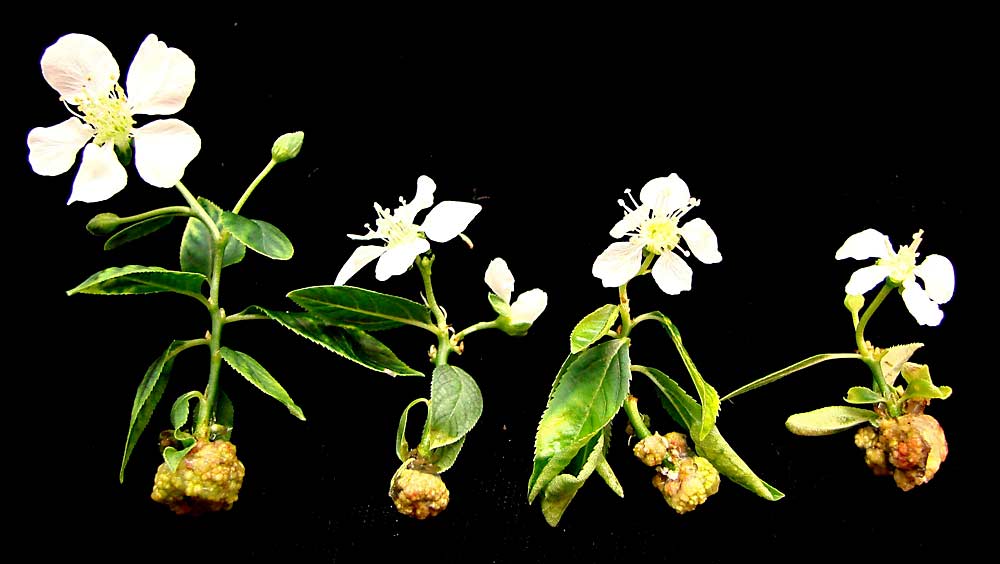
The third project area, led by Zongrang Liu and Timothy Artlip, focuses on dormancy in stone fruits and apples. The bloom time of fruit trees is a complex trait with high heritability, and it is mainly determined by chilling and heat requirements. Chilling and heat requirement traits regulate the dormancy exit rate, floral developmental pace and bloom time in fruit trees. The chilling requirement is usually met by late winter/early spring, and, increasingly, the heat requirement is also being met by that time from climate-change-induced elevated temperatures. This leads to early bloom, which is vulnerable to spring frosts. In addition to spring frost injury, climate change is also shortening chilling periods in winter, impacting fruit tree performance. Insufficient chilling delays bud break, often leading to poor growth, poor fruit set and decreased tree life span.
We are interested in several genes that have been identified in both stone fruits and apples as critical regulators of dormancy. We have altered so-called DAM genes in European plum to assess which ones control the regulation of chilling and heat requirements in vegetative and floral buds as well as dormancy onset. Apples also have DAM genes along with another set of regulatory genes. These genes will be altered in a similar fashion, bearing in mind that apples are more responsive to temperature than day length. Discovering how bloom time is regulated in fruit trees will be critical for adapting fruit production to changing climates.
Our fourth project area is breeding of improved stone fruit, apple and pear varieties. We have super sweet nectarine germplasm that has an exceptional flavor profile and nearly 30 Brix. We aim to generate commercial-quality super sweet nectarine varieties that also carry bacterial spot resistance, which has been a growing problem in the Mid-Atlantic region. Understanding the cause of the super sweet trait should uncover more ways to improve stone fruit flavors.
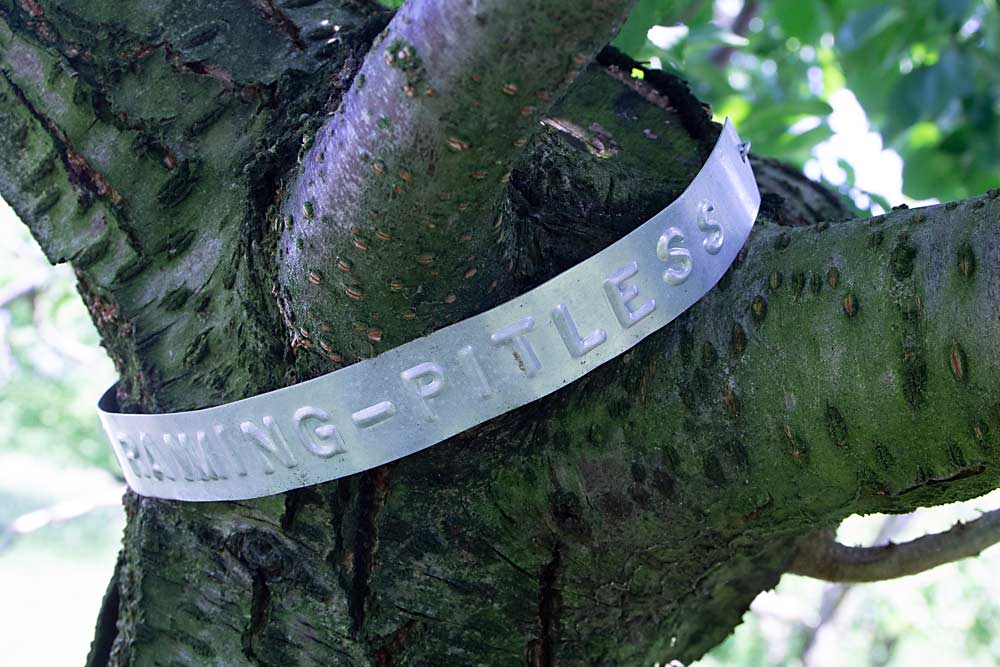
Another stone fruit subproject involves a high-chill (1,300 hours), very late-blooming peach selection that blooms two to three weeks later than commercial varieties — but it lacks commercial qualities. We are evaluating crosses with this selection in hopes of delivering late-blooming commercial varieties that avoid the perils of early spring frost.
Our fifth project area is led by Chris Gottschalk, who was hired as a new apple geneticist with the unit. He earned his doctorate in plant breeding, genetics and biotechnology in 2020 from Michigan State University, studying the genetics of biennial bearing in apples. His new research program reflects his interest in pome fruit production, fruit quality and genetic diversity.
Currently, his program is focused on three primary aims. First: investigate the genetics that control fruit production, abiotic stress resiliency and fruit quality. This aim includes phenotyping a wide array of germplasm material — including historic varieties, prebreeding lines and wild crop relatives — for traits such as bloom time, annual bearing, heat and drought tolerance, and fruit acidity, color, tannin content, texture, shape and sweetness.
Much of the germplasm Gottschalk is working with lacks genotypic information. That leads to his second aim: development of new genomic resources for apple that include new genomes, transcriptomes and resequencing data. Ultimately, his first and second aims integrate into his third: leading the apple scion prebreeding and pear scion breeding programs. The breeding programs are continuations of two predecessors’ efforts to develop disease-resistant apple breeding materials and new pear varieties. Now, the focus is to maintain these disease-resistance genetics while integrating new traits related to his first goals and, ultimately, develop releasable varieties and prebreeding lines.
—by Chris Dardick, Ann Callahan, Zongrang Liu, Timothy Artlip and Chris Gottschalk
Chris Dardick is a molecular biologist and the lead scientist for the Genetic Improvement of Fruit Crops unit at the U.S. Department of Agriculture’s Appalachian Fruit Research Laboratory, at which Zongrang Liu is a research molecular biologist, Timothy Artlip is a plant physiologist, and Ann Callahan and Chris Gottschalk are research geneticists.

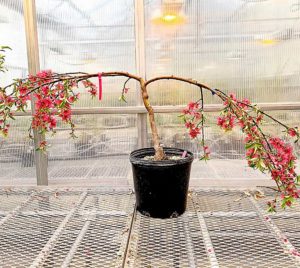
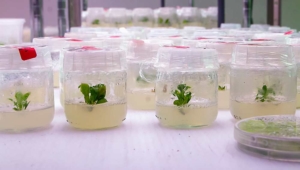





Leave A Comment